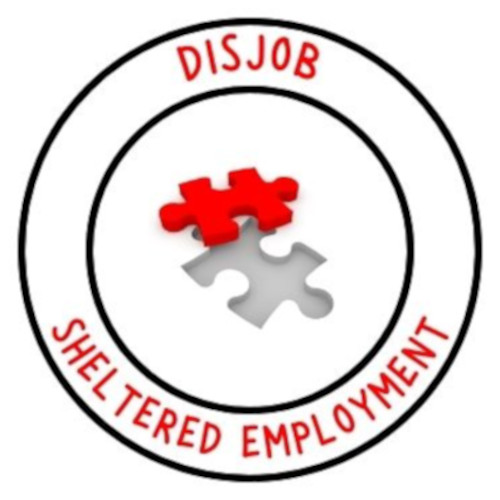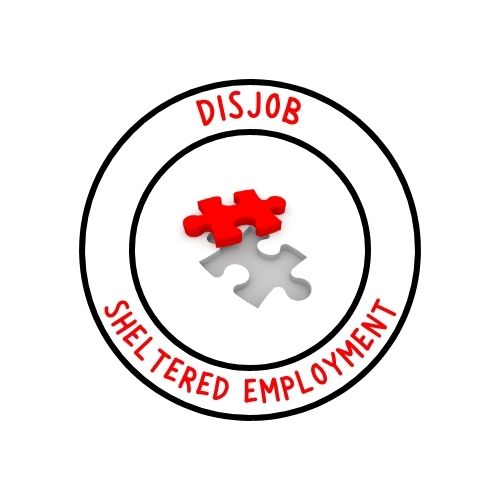As you already know, the Erasmus+ KA210-ADU project, known as DISJOB, is dedicated to improving the state of sheltered employment across Europe. Coordinated by Spain, with Romania and Croatia as partners, this initiative aims to develop a unified model applicable to all European countries. Sheltered employment provides paid work and support to individuals with disabilities and those in vulnerable situations, playing a crucial role in social and labour inclusion.
### Project Goals and Challenges
Initially, DISJOB aimed to conduct a comprehensive analysis of sheltered employment in Europe. However, the research revealed several challenges, including inconsistent and outdated data and significant differences in employment policies among participating countries. These challenges highlighted the complexity of creating an effective, uniform model for sheltered employment.
### Proposed Solutions
In response to these challenges, the project identified social economy and social inclusion enterprises as potential solutions. These enterprises, including cooperatives, mutual societies, associations, and foundations, focus on generating positive social impacts and fostering labour inclusion for vulnerable individuals. Social inclusion enterprises specifically aim to integrate people with disabilities into the labour market, promoting an inclusive and equitable workforce.
### Our Vision
Through DISJOB, we aim to understand the realities and challenges of sheltered employment in Europe and propose an intervention model based on social economy and social inclusion enterprises. We believe this approach can effectively address the specific needs of each country, promoting social cohesion and equitable economic development across Europe.
### Key Facts
– Employment Gap: In the EU, 50.6% of people with disabilities (PWD) are employed, compared to 74.8% of persons without disabilities. The disability employment gap varies between 10 and 42 percentage points across countries.
– Working Conditions: Employed PWD face worse conditions, with 11% experiencing in-work poverty compared to 9.1% of non-disabled people. They are more likely to have temporary contracts, lower wages, and lose jobs during economic downturns.
– Poverty Risk: PWD are at a higher risk of poverty and material deprivation, with 29.5% of women and 27.5% of men with disabilities at risk, compared to 22.4% of the general population. They also face a higher risk of homelessness.
### Conclusion
To increase employment participation for PWD, European governments traditionally implement active labour market policies, including sheltered workshops. However, the exact number of PWD in sheltered employment across Europe remains unknown.
To find out more, check out our reports available in English, Spanish, Romanian and Croatian languages in the section Results on our webpage.
Feel free to share this post to spread awareness about the DISJOB project and its goals!

 Erasmus+ KA210-ADU project
Erasmus+ KA210-ADU project